End of course summary
Nowcasting and forecasting of infectious disease dynamics
Aim of this course:
How can we use data typically collected in an outbreak to answer questions like
- what is the number of cases now? (nowcasting)
- is it rising/falling and by how much? (\(R_t\) estimation)
- what does this mean for the near future (forecasting)
in real time.
Timeline
- delay distributions and how to estimate them (day 1)
- \(R_t\) estimation and nowcasting (day 2)
- forecasting, evaluation, and ensemble methods (day 2)
- forecasting hubs, applications, and linking nowcasting and forecasting (day 3)
Key takeaways
Day 1: Delay distributions
- delays play a fundamental role in nowcasting/forecasting
- we characterise them with probability distributions
- estimating delays requires correction for biases due to
- double interval censoring (daily data)
- right truncation (real-time analysis)
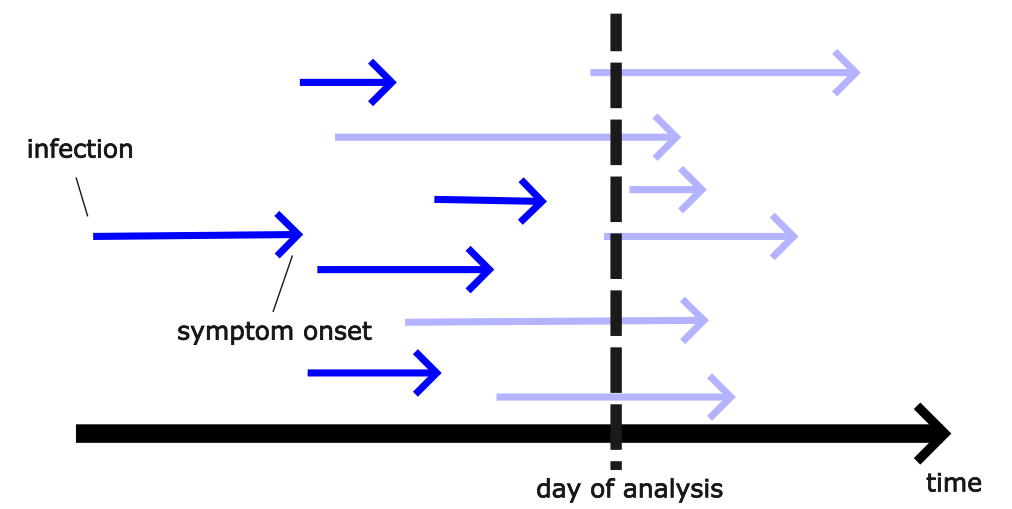
Day 2: \(R_t\) estimation
- \(R_t\) estimation using the renewal equation is a convolution problem
- improving the generative model leads to improvements in estimation (geometric random walk vs. independent priors)
- generation time is a key delay distribution for transmission dynamics
- understanding the role of the generative model in the estimation of \(R_t\)
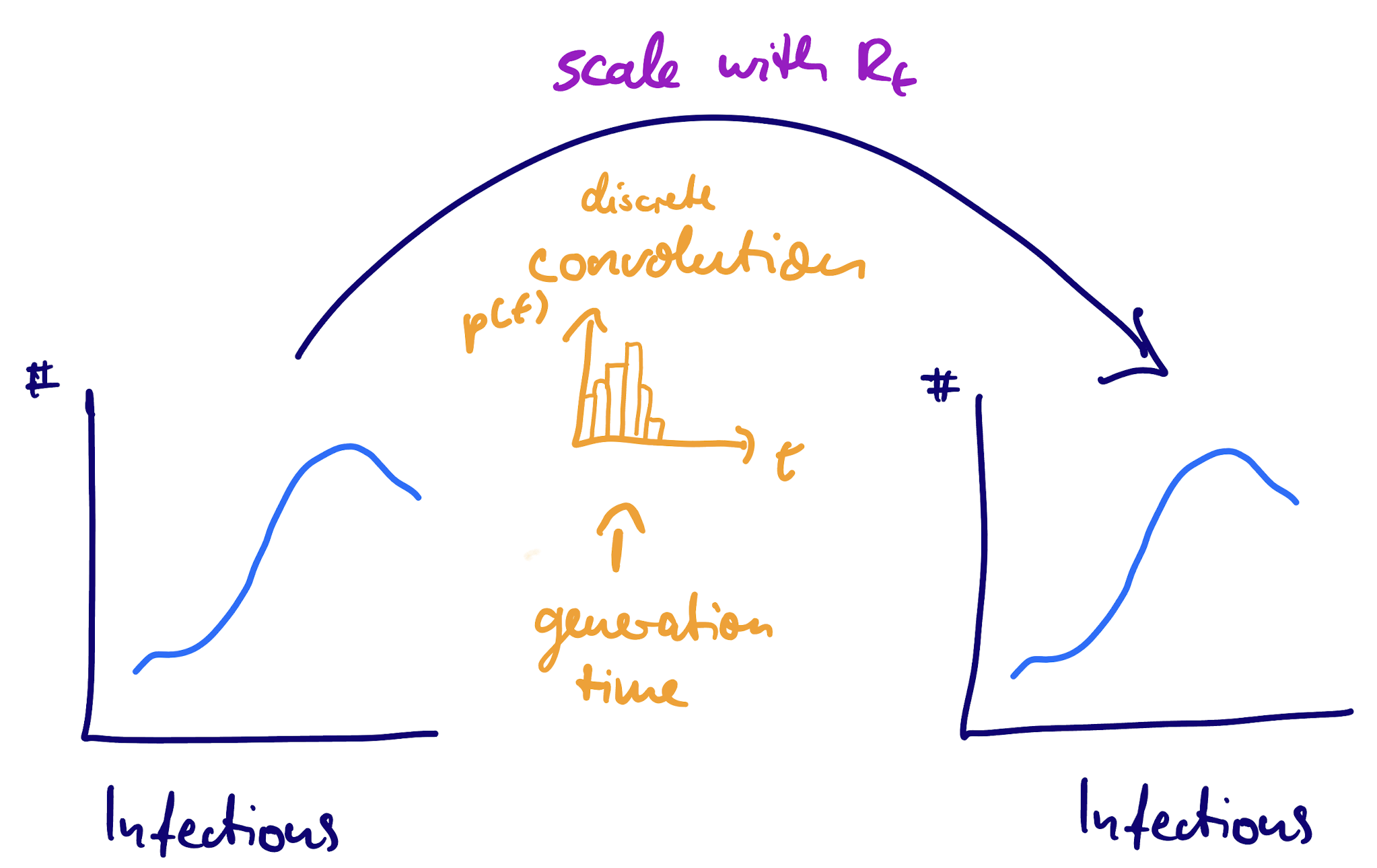
Day 2: Nowcasting
- nowcasting is the task of predicting what data will look once delays have resolved
- it is a right truncation problem (same as discussed before)
- a joint generative model can combine delay estimation, nowcasting and \(R_t\) estimation
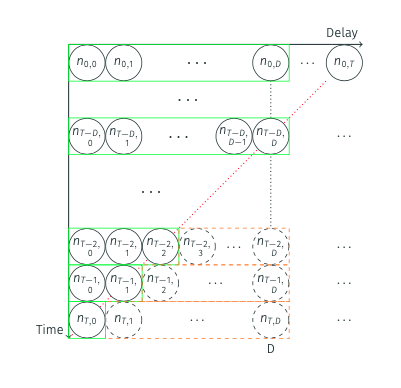
Day 2 (cont.): Forecasting and evaluation
- forecasting is the task of making unconditional statements about the future
- meaningful forecasts are probabilistic
- we can assess forecasts using proper scoring rules (MAE, RMSE, CRPS)
- methods include ARIMA models, ensemble approaches, and time-series cross-validation
- we can use visualisation and scoring to understand the predictive performance of different models
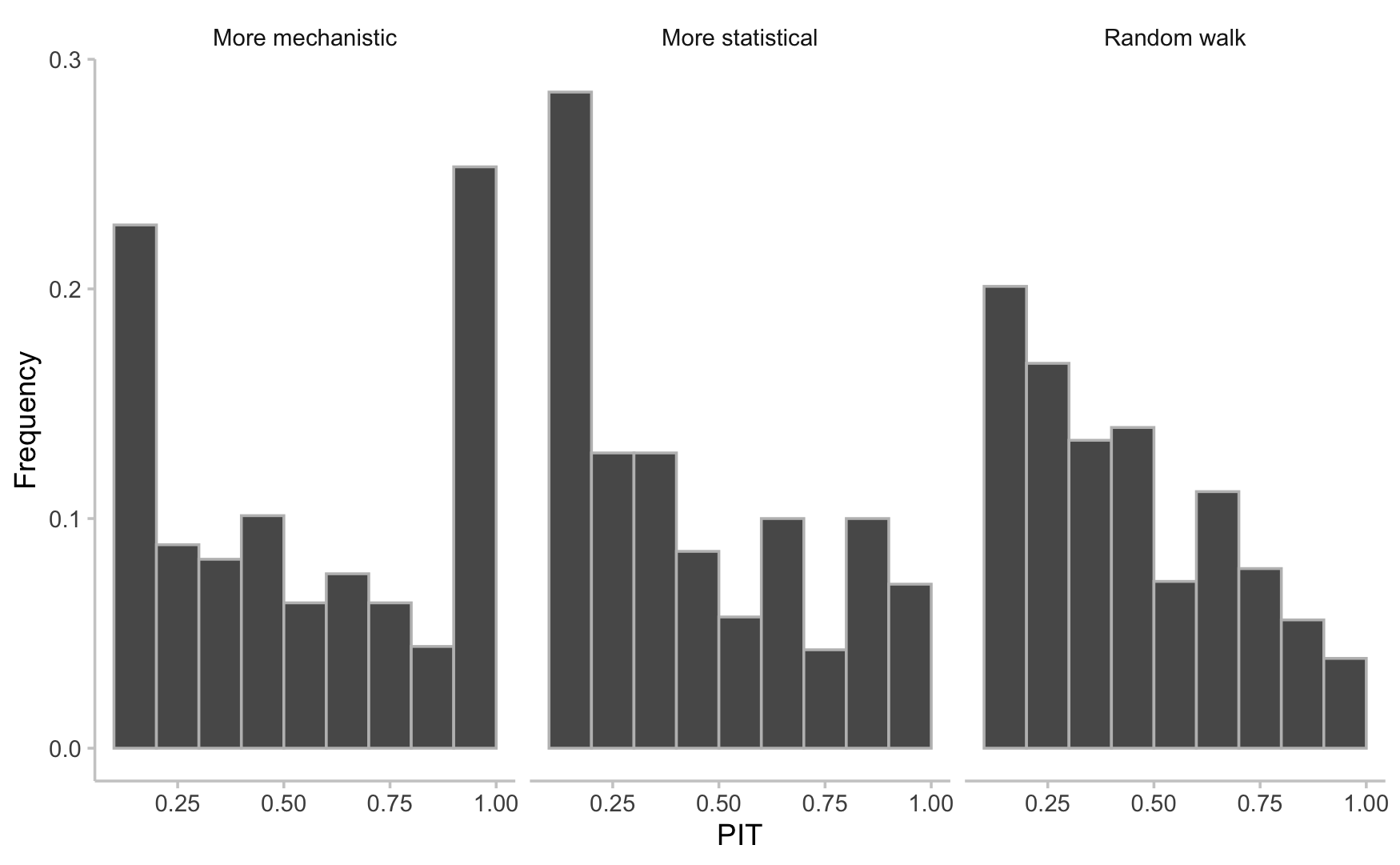
Day 3: Collaborative modelling and applications
- forecasting hubs enable collaborative modelling efforts across institutions
- hubverse tools provide standardised formats for forecast submission and evaluation
- linking nowcasting and forecasting through joint or pipeline approaches
- the methods introduced here have wide applications in infectious disease epidemiology
- open-source tools are available to make this task easier in practice
Outlook: Contributing to forecast hubs
- apply these methods in practice to learn about typical nowcast/forecast performance
- contribute to collaborative forecast hubs to compare approaches
- use hubverse standards for forecast formatting and submission
- example: European Respiratory Forecasting Hub
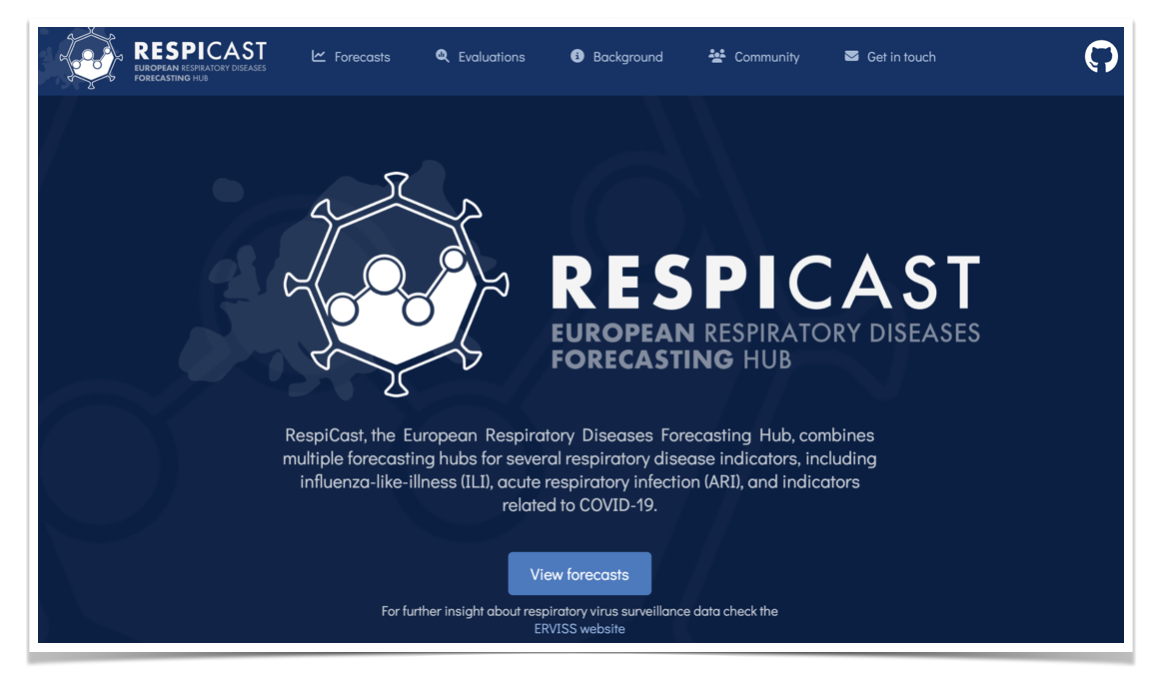
Feedback
- please tell us if you enjoyed the course, what worked / didn’t work etc.
- we will send out a survey for feedback
Thank you for attending!
End of course summary